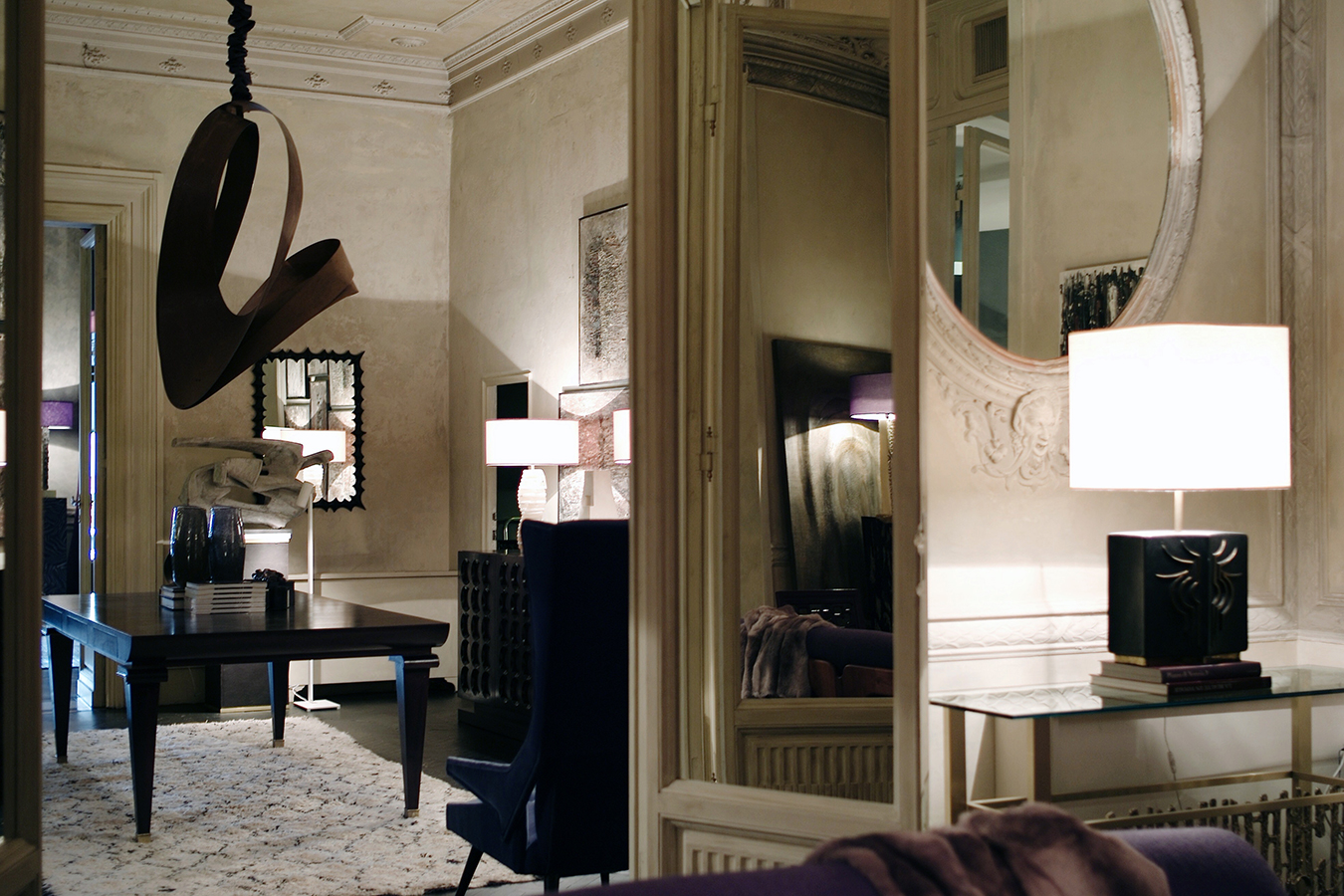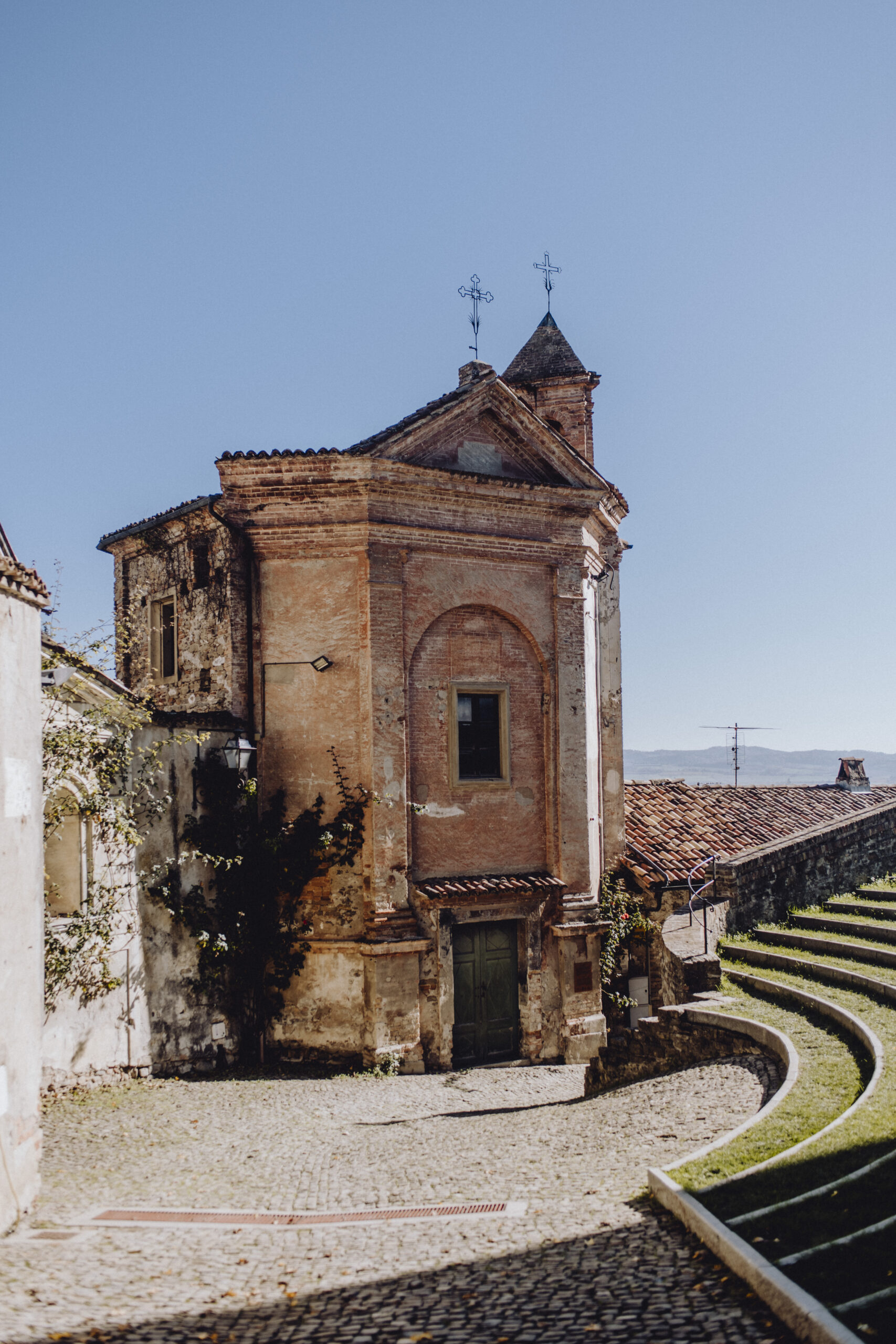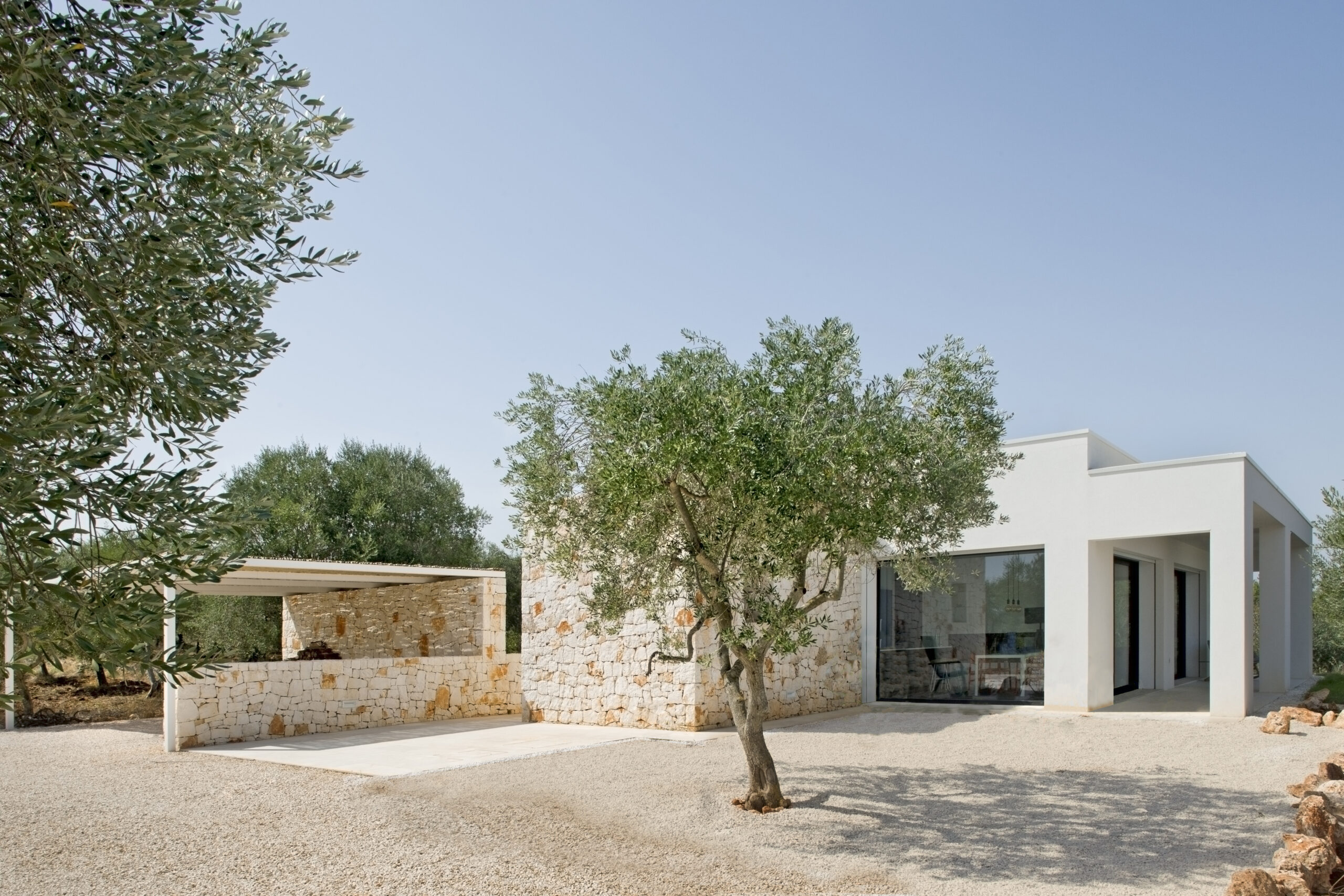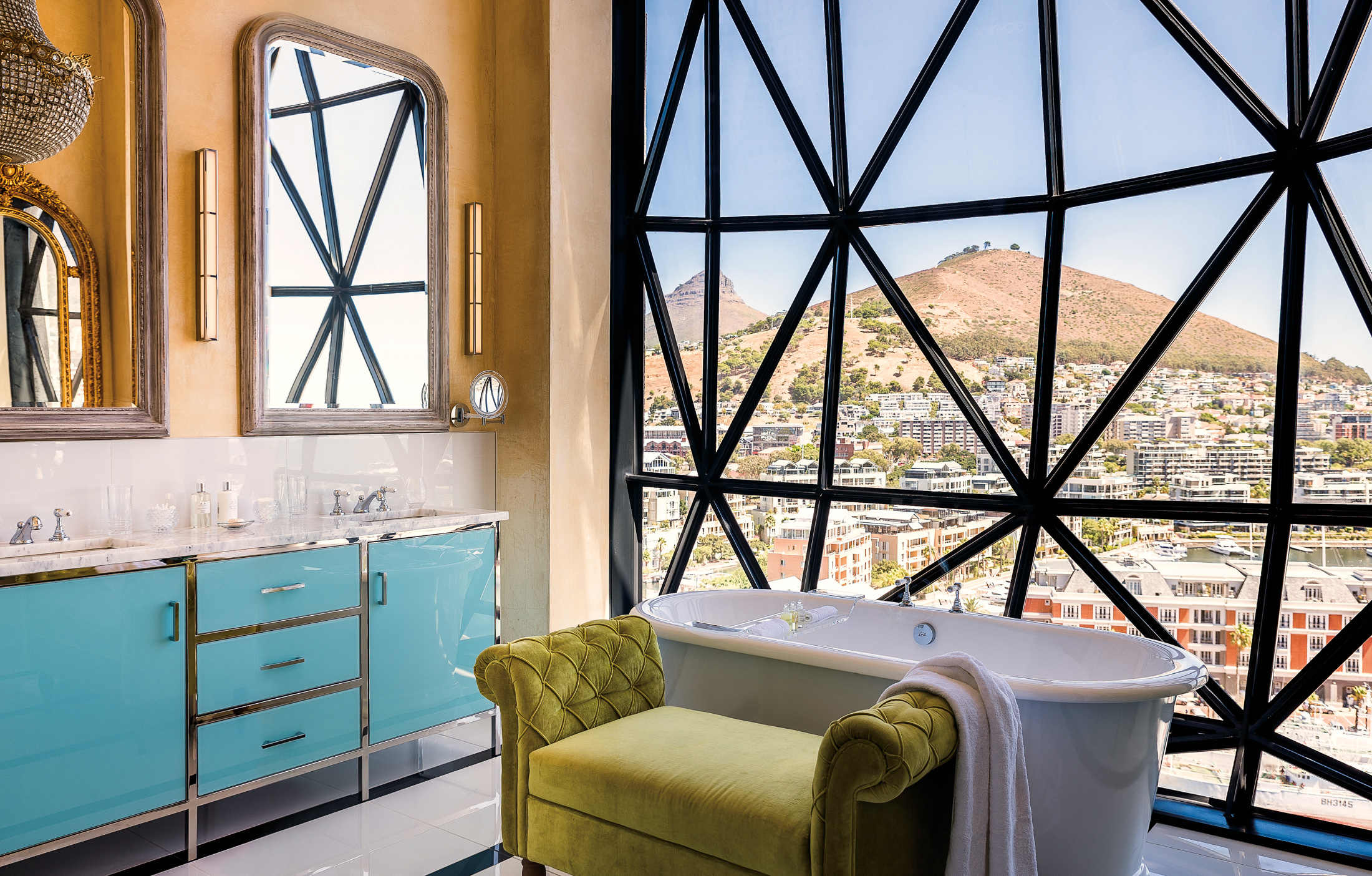Certosa di Pavia
A monastic marvel.
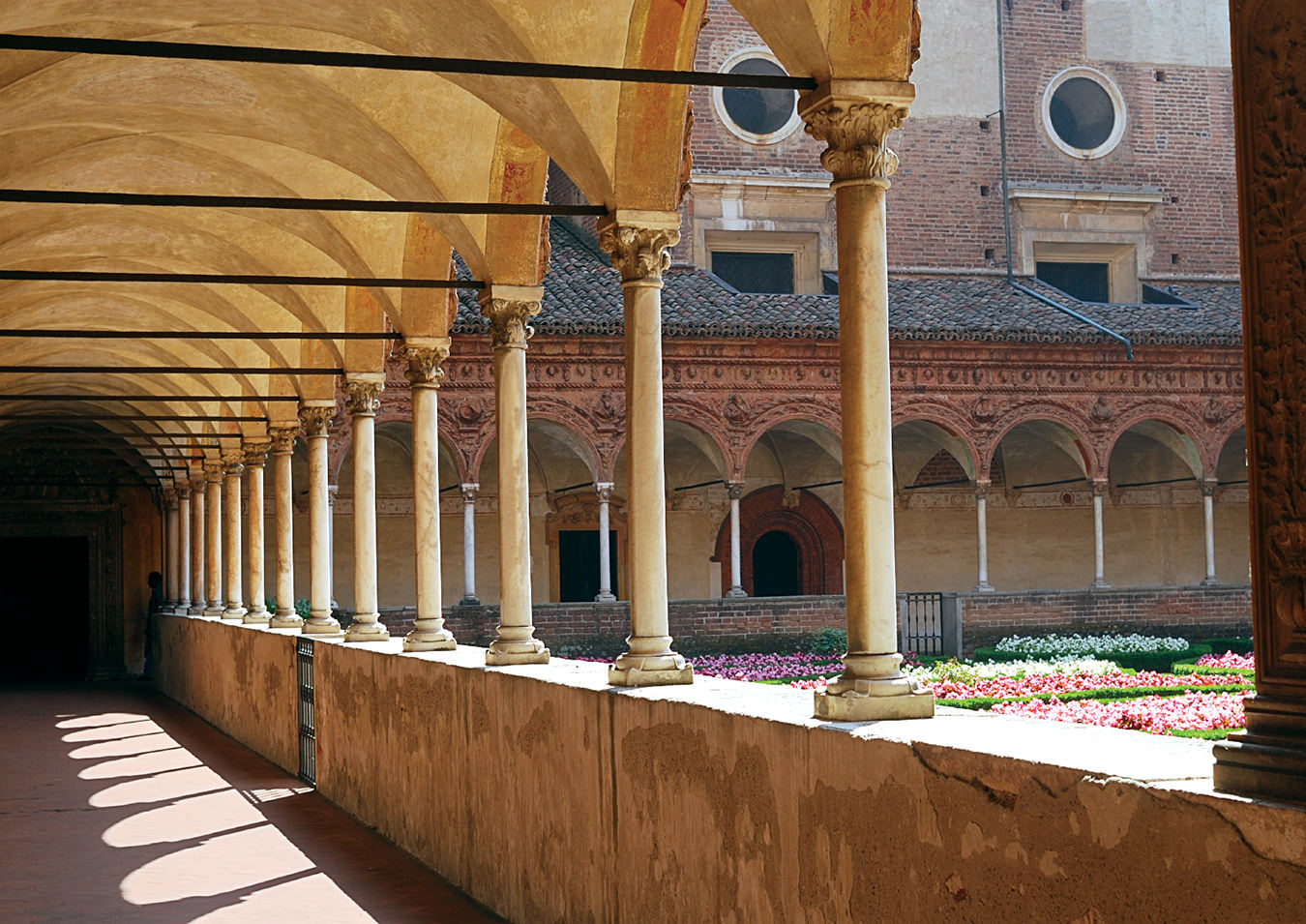
Monasteries aren’t what they used to be. Today, we think of them as quiet, modest, even austere places in which monks pursue their relationship with God without the noisy distractions of the world around them. It wasn’t always thus. Consider the Certosa di Pavia, a 15th-century religious complex that ranks among the most exuberant and exquisite ever constructed. This is a set of buildings so richly embellished and adorned that it’s hard to say whether it should be considered a work of art or architecture. In truth, it is both—and more.
When the Duke of Milan, Gian Galeazzo Visconti, commissioned the monastery in 1396, he had a number of things in mind. In addition to building a home for the Carthusian monks and a Visconti family mausoleum, he hoped to create something so grand it would equal, even surpass, Milan’s famous Duomo, begun in the late 1380s in the rival city 33 kilometres to the north. (This was a time, don’t forget, when Italy was a series of city states, many of which were at war with one another.)
Lest there be any uncertainty about his intentions, Visconti hired many of the artists and artisans who had worked on Milan’s cathedral. But constructing a building as ambitious as the Certosa di Pavia took time. It was, quite literally, a man-made structure; every bit of it painstakingly carved, sculpted, moulded, and painted by hand. Little wonder, then, that by the time it was “finished” (even today, parts remain incomplete) more than a century later, fashions had changed and power had shifted. The Viscontis were out; the Sforzas were in.
Through it all, the monastery slowly but surely came to life. It ended up a dazzling mix of Gothic and Renaissance architectural styles, every surface seemingly decorated with images that illustrate stories from the Bible.
As the visitor quickly discovers, the vast complex was conceived as a self-contained, self-sustaining community, walled off from its surroundings yet fully integrated with them. One enters via a courtyard similar to what can be found in any Italian town. The visitor is irresistibly drawn into the monastery by the extraordinary façade of the Gothic church. The courtyard is defined by buildings that extend from both sides of the church. The space here feels urban. Once you step into the church, however, you enter into a different realm, one of silence and contemplation.
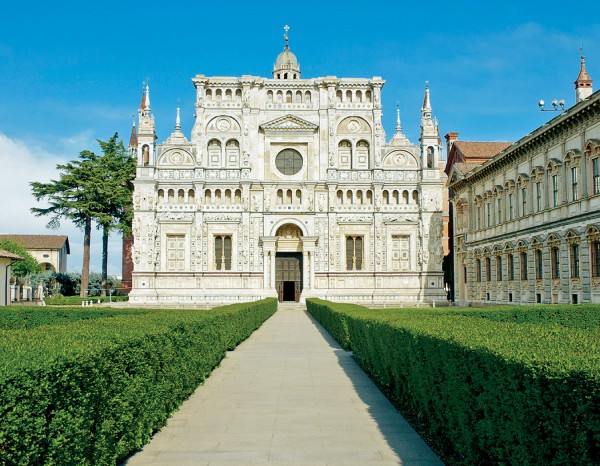
©iStockphoto/Yanta.
From there you travel through a succession of exquisite spaces, the largest of which is lined by 24 two-storey “houses” each occupied by a monk. Beyond that, there are the Palazzo Ducale (Ducal Palace), several other squares, various outbuildings, and fields.
Hard to believe, but the whole community was built for the benefit of a mere two dozen monks. They lived lives of solitude and meditation, but in conditions that could hardly be considered ascetic. Their apartments, which ring a beautifully tended cloister, weren’t luxurious by any means, but you can’t help but think they must have represented an unusual degree of comfort and security by the standards of the 15th century.
Bound by their vows of silence, contemplation, and prayer, the Carthusians were freed from the demands of labour and hard work. Their order, founded by St. Bruno of Cologne in 1084, was dedicated to solitude but not isolation. The monastery was in effect a sort of communal hermitage, as oxymoronic as that may sound. The monks just wanted to be alone, but with the right kind of neighbours and reliable help. To prevent interference with the demands of constant contemplation, the monks’ apartments had revolving doors where their meals were delivered.
Though they are long gone—replaced by Cistercian monks—the monastery remains every bit as extraordinary as ever. And despite being 10 kilometres north of Pavia, a small but ancient university town whose charm, beauty, and deep historical roots are largely undisturbed by tourist hordes, it has lost none of its sense of serenity.
Indeed, even the most cursory visit induces a mood of wonder both at the power of faith and human ingenuity. As self-serving as its patrons undoubtedly were, the Certosa di Pavia transcends their earthly limitations. It is, in a word, sublime. It offers a fascinating insight into the religious mind of earlier centuries and speaks to the power of art and architecture to create places worthy not just of humanity but also of God Himself.
Top photo: ©iStockphoto/Clodio.





